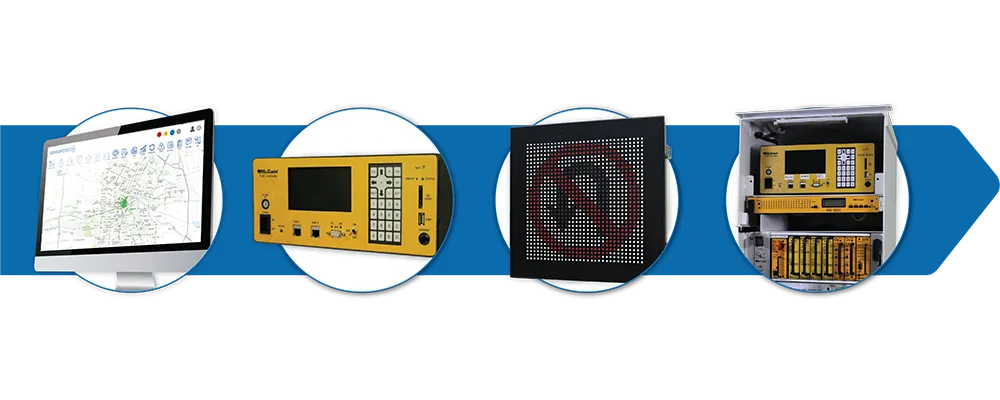Peek Traffic Corporation has announced the release of the newest version of IQ Central, the company's advanced Windows-based traffic management software.
February 3, 2012
Read time: 1 min
Peek Traffic Corporation has announced the release of the newest version of IQ Central, the company's advanced Windows-based traffic management software. Version 1.8 adds a pattern monitor interface, as well as the ability to edit 3000E pre-emption intervals. The new pattern monitor view has been added to the alarm status viewer, providing a single environment from which users can monitor the overall health of their entire traffic hardware network.
Pattern monitoring is designed to allow network operations centre personnel to see the connection status and selected traffic pattern for each controller in the network from a single window.
Pattern monitoring is designed to allow network operations centre personnel to see the connection status and selected traffic pattern for each controller in the network from a single window.









